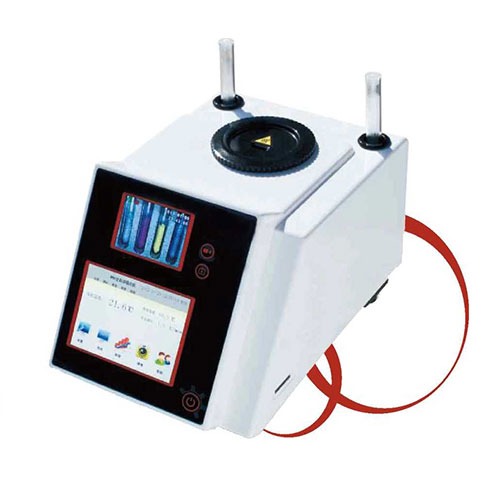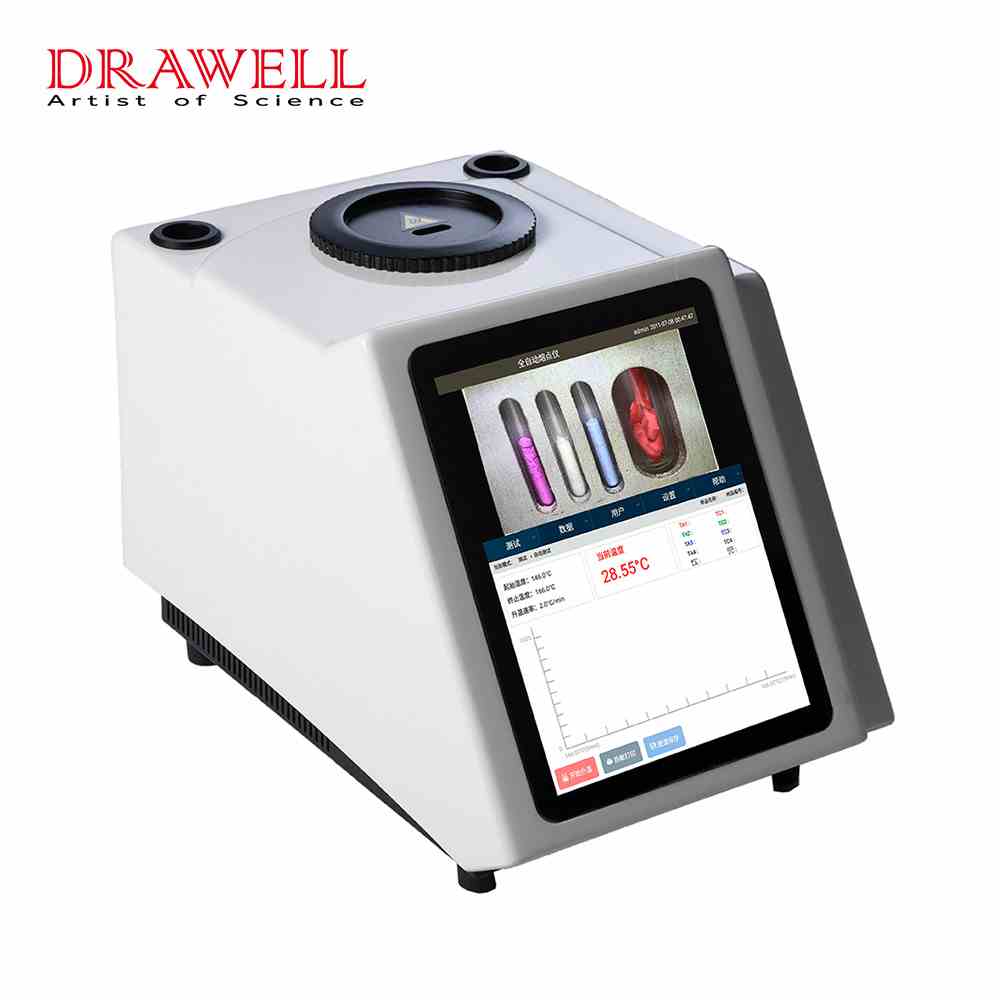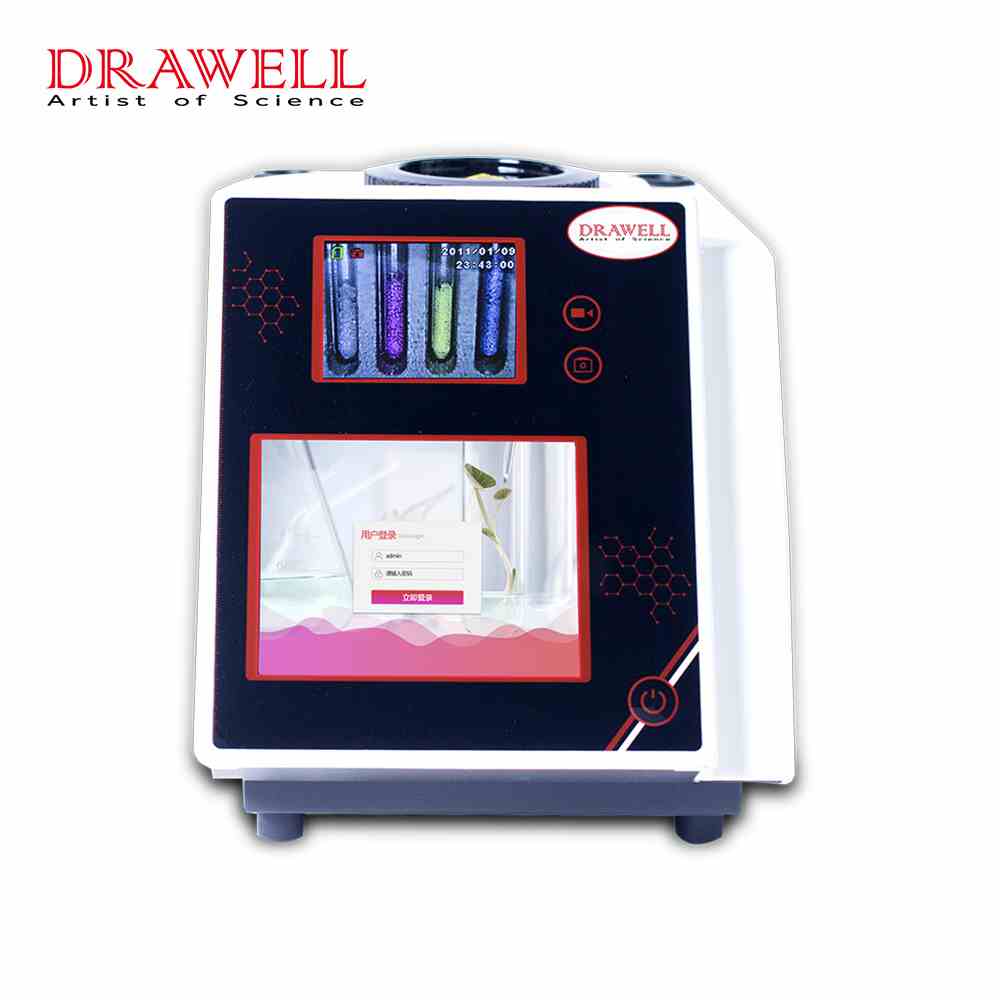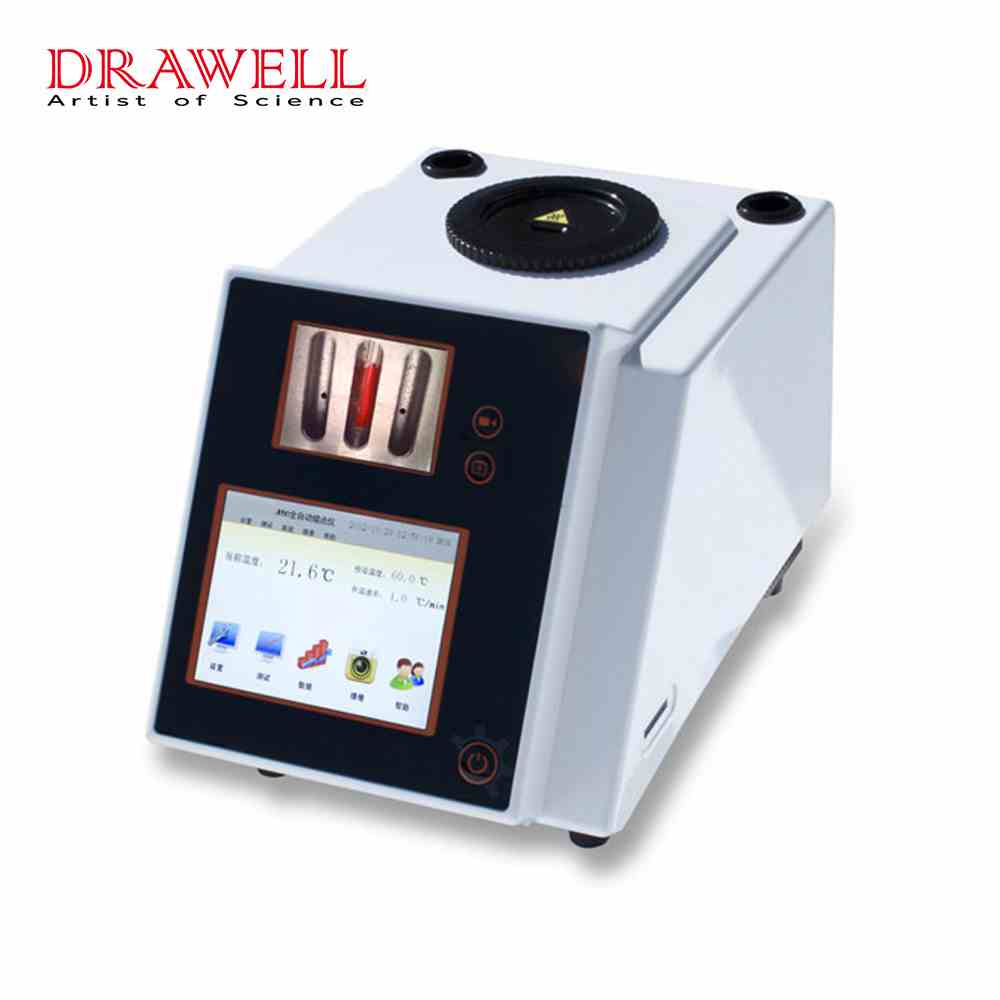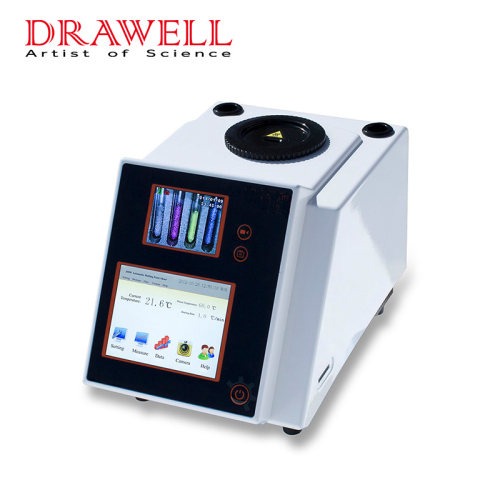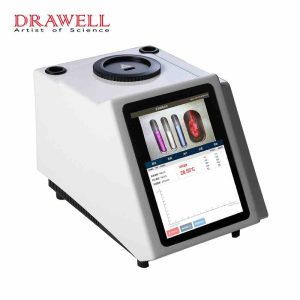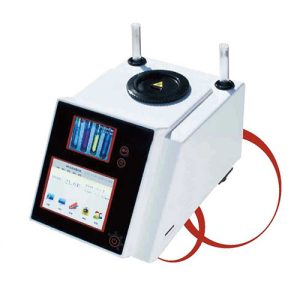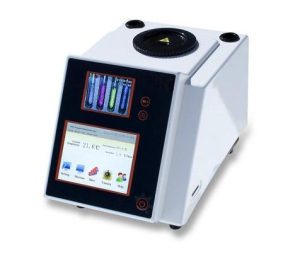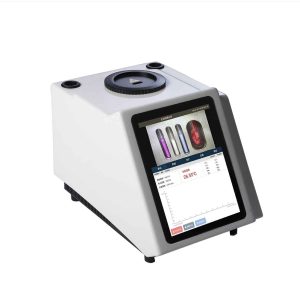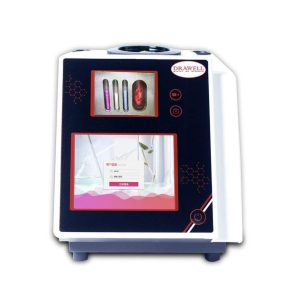Imagine that you’ve worked for many hours in the lab, working hard to create a unique organic compound. What do you know whether your efforts have been effective, and most importantly, do you know if the product you created is truly pure? This is where melting point determination instrument is, it’s a simple but efficient instrument. It’s an effective tool in chemical analysis, especially for determining the melting points of an organic compound. Although it is often taught in the early stages of the chemistry curriculum, the distinction between the observation of the presence of an acute melting point as opposed to a broader temperature range has profound implications for understanding the identity of a compound and, more importantly, the purity of it. Let’s explore the reasons why this distinction is essential for every chemist.
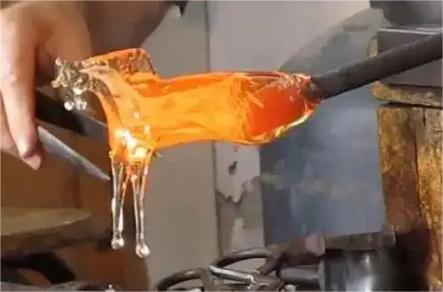
What is Melting Point? The Ideal and the Actual. Reality
At the most fundamental level the melting point an object is the point at which it transforms into liquid form. If you have a completely pure, perfectly structured crystal, this transition is abruptly occurring at a specific, single temperature. Think of it as melting ice at 0degC. It’s it is a distinct, obvious shift. This is what we call the sharp melting point meaning that all crystallized molecules require the identical amount of energy to be able to overcome the intermolecular force, and then move to the liquid state.
However, the actual situation in the chemistry lab is often is more complicated. In lieu of one point we typically see a melting range, which means that the solid is able to begin liquefying at a particular temperature and becomes liquid at a higher temperature. This is the primary indicator of what is crucial about the sample. The main distinction, however is not only in the way we observe when a substance melts, but rather how it melts, whether sharply or across a broad interval. This seemingly small distinction carries an important significance in chemical analysis. In addition, structural or chemical variations may increase the temperature of transition which results in an a range of melting points rather than a specific value. There are two main differences:
| Property | Sharp Melting Point | Melting Point Range |
| Purity | High purity indicates high quality. | It indicates impurities |
| Transition Temperature | Narrow (e.g., 120.0-120.2degC) | Broad (e.g., 120-125degC) |
| Application Example | Pure organic crystals | Mixed or impure substances |
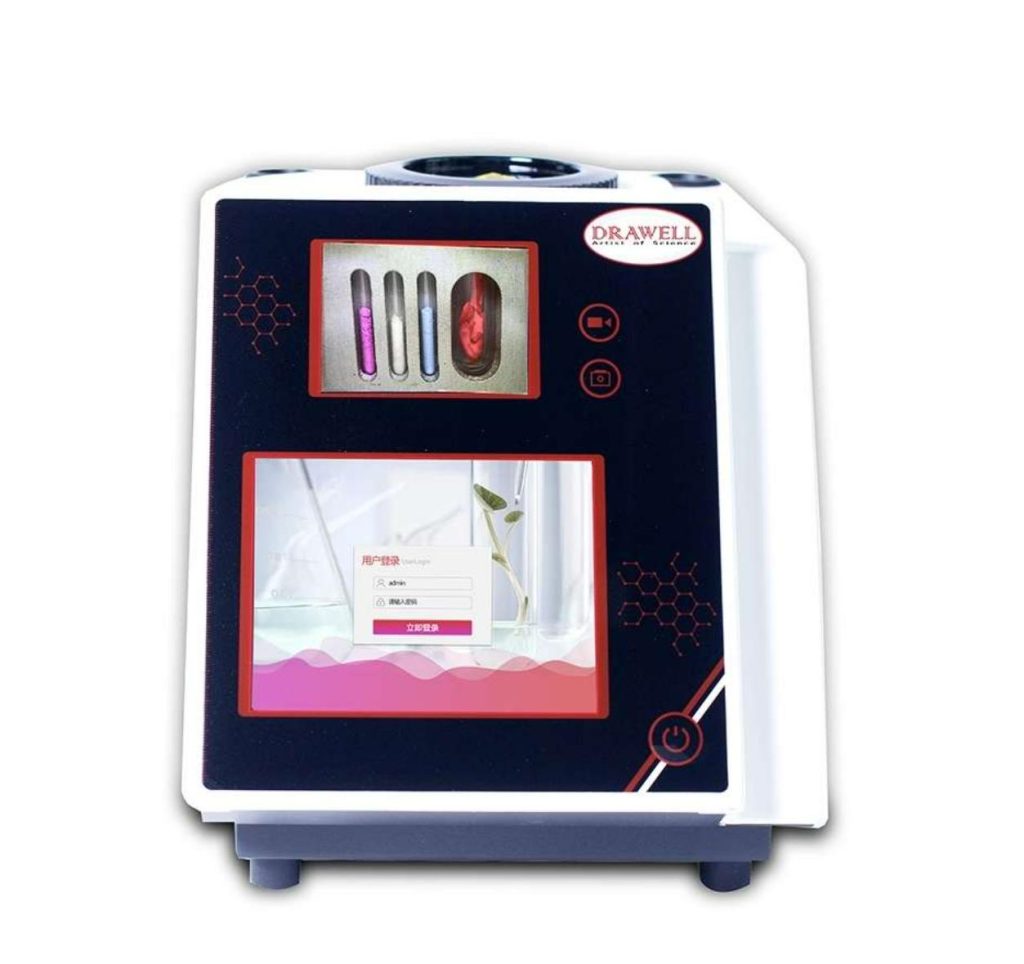
Practical Applications in Chemistry
The ability to differentiate between a sharp melting point as well as the melting point range gives valuable insights into a variety of applications that require chemistry in the real world:
1. Purity Assessment: The Gold Standard of Quality
Perhaps the most significant use is to determine the pureness of a material. A high melting point (typically an area of 0.5-2 degrees Celsius) is a clear indication of purity. If a substance is pure, its crystallization is uniform and the molecules are all held together by the same intermolecular forces. This means that they all require a similar energies to let go and move into liquid form and result in a constrained and well-defined melting point.
In contrast, a depressed or increased melting point range is an evident sign of the presence of impurities. Imagine the sample of your created compound is contaminated with an initial material or an additional product. The impurities can disrupt the crystal lattice of the primary substance, weakening the intermolecular forces overall and causing regions which require less energy to melt. The result is that the compound melting at less temperature than the pure substance (depression) and continues to melt across a larger temperature range (broadening).
Think about this simple example:
| Substance | Observed Melting Point Range | Interpretation |
| Pure Benzoic Acid | 121.5 – 122.0 degC | Pure and pure |
| Benzoic Acid + Impurity | 110.0 – 118.0 degC | The melting point was impure, was widened and depressed |
This table clearly shows how the range immediately communicates the purity of the product. In the pharmaceutical manufacturing process For instance, exact melting point limits are set for active pharmaceutical components (APIs) in order to guarantee efficiency and security. Any deviation may indicate contamination of the batch, leading to the rejection.

2. Compound Identification: Confirming Your Creation
Beyond pureness, melting point determination is an effective tool to identify unknown compounds. If you create a compound and believe it to be, for instance aspirin, you could examine its melting point with the value in the literature of pure aspirin (e.g. 135 degC). If your compound melts rapidly when it reaches 134.5-135.5 degC, it indicates that you have succeeded in synthesizing aspirin.
For greater assurance chemical experts often conduct a mixed melting point measurement. It involves mixing a tiny quantity of the compound you are not sure about with a genuine sample of the compound you suspect (a recognized benchmark) and then finding the melting point for the mixture.
If the unknown compound and the compound that is known are identical the mixture will melt rapidly with the exact temperature of individual compounds. This is due to the fact that the addition of a pure substance itself isn’t introducing impurities that can alter the lattice.
The unknown compound and the well-known compound differ even if they share similar melting temperatures, the mix will show a depressed and expanded melt point. This is due to one acting as an impurity to other, which causes the characteristic impurity-related effects.
This method is extremely robust and is often employed as a reliable test of the identity of compounds in organic synthesizing.
Teaching and Research
The determination of melting point is a common element in labs for education, teaching students fundamental concepts in chemical analyses.
From industry to academia The versatility of this method is a testament to its value in the field of chemical sciences.

Factors Influencing Melting Point Determination (Beyond Purity)
While the purity of your sample is crucial however, other variables can influence how accurate your measurement of the melting point of crystals. Knowing these factors will help ensure that the melting point range you see is true to the sample, and not a result of the experimental conditions.
| Factor | The effects (If not addressed) | Tips (Best Practices) |
| Sample Dryness | The melting point is enlarged and pushed down. range Moisture is an impurity that causes altering the crystal’s lattice, and causes melt at temperatures lower. | Make sure the sample is dry. Utilize a desiccator, a vacuum oven or another suitable drying technique. Moisture is an atypical and frequently overlooked cause of errors. |
| Heating Rate | The range of measurement is widened, and could be inaccurate. melting point. Rapid heating causes the temperature gap between the thermometer’s reading and that of the specimen, leading to an observed range that is larger and shifts upwards from the actual value. | Make sure to control the heating rate that is controlled. Accelerate to be within 10 degC of the expected melting temperature before slowing down to 1-2 degrees Celsius per minute to permit thermal equilibrium. |
| Sample Size and Packing | Wide and inconsistent melting range of melting. A lot of samples or a loose packing result in a lack of temperature and heat transfer within the sample, which leads to a wider, but less reliable range. | Make use of a small very finely powdered and tightly packed sample. Place 2-3mm of the powdered sample evenly inside the capillary tube in order to ensure an even thermal contact, and also heating. |
| Thermometer Accuracy and Calibration | An error in reporting the melting point. Uncalibrated thermometers will often show a temperature that is greater or lesser than the actual temperature, resulting in consistently incorrect melting point numbers. | Regularly calibrate your thermometer/apparatus. Utilize certified pure standards that have established melting points to verify and adjust your equipment to ensure precise temperatures. |
| Sample Stability | Decomposition, color changes, or sublimation prior to melting. Certain compounds break down when heated, preventing the detection of a melting point. Some may change from gas to solid without affecting the liquid phase completely. | Be sure to watch the sample closely during the heating process. Look for indications of decomposition (charring gas evolution, or persistent color changes). Know the expected behaviour that your substance exhibits (e.g. for example, if it is recognized to be a sublimation agent). If possible, you should make use of the melt point video meter. |
| Polymorphism | Multiple melting points or unexpectedly. Different crystal versions of the same compound may possess distinct melting points creating confusion when the expected polymorph isn’t there or if a mix of polymorphs exist. | Be aware of polymorphs that are known for your substance. If a strange melting point is found think about whether there is a different crystal form that could be in the mix. This is not as common in routine labs for undergraduates, but is crucial for research and industry. |
Melting point determination is much more than just a standard analytical method It’s a window into the structure, purity, and character of the substances. The distinction between a sharp melting point as well as a melt range can provide crucial insights that affect both research as well as practical application.
By knowing the basic principles of chemistry, knowing the influences, and observing best techniques, chemists can assure the accuracy and validity of their research results. This fundamental skill is an important instrument in the ever-changing science of Chemistry.
Related Products Recommendation
Get Quote Here!
Latest Posts
What Next?
For more information, or to arrange an equipment demonstration, please visit our dedicated Product Homepage or contact one of our Product Managers.

